Time:
As one of the experienced aluminum foil container manufacturers, Eming often receive inquiries from new domestic and international customers interested in starting their own aluminium foil container business. One of the most common and critical questions is: What does the aluminium foil container manufacturing cost include?
In this article, Zhengzhou Eming will break down the cost structure in detail and offer practical advice for those planning to enter the aluminum foil container business. Whether you aim to become a local foil tray manufacturer or a global silver foil container manufacturer, understanding the cost elements and market precautions is essential for your long-term success.
Disposable aluminum foil containers are widely used in food packaging, catering, bakery, airline meals, and more. They are lightweight, heat-conductive, recyclable, and offer excellent food preservation. With growing awareness of eco-friendly and hygienic packaging, demand for aluminium foil trays continues to rise globally.
As a result, many entrepreneurs are exploring opportunities to become aluminium foil tray manufacturers or distributors. However, success in this field requires a clear understanding of the aluminum foil container manufacturing cost, as well as the operational challenges involved.
The aluminium foil container manufacturing cost consists of multiple direct and indirect components. Let's analyze each element in detail.
The most significant portion—often 60% to 75% of total cost—is the raw aluminum foil used to produce containers.
Since the price of aluminum is subject to market fluctuations, this cost must be monitored regularly. Successful aluminum foil container manufacturers often develop long-term supply relationships to ensure stable pricing and consistent quality.
Labor costs include wages, insurance, and benefits for workers operating:
Well-trained staff are crucial for ensuring high productivity and maintaining consistent tray quality. While automation can reduce labor cost per unit, it requires higher initial investment.
Manufacturing aluminum foil containers involves:
These machines wear over time and require periodic maintenance. Depreciation is calculated based on the machine’s life cycle, typically 5–10 years. Molds, especially, require regular upkeep and eventual replacement to ensure consistent shape and dimensions.
Power consumption is a major cost, particularly for:
Water and air utilities may also be needed for cooling or cleaning processes. Efficient energy use not only lowers the aluminium foil container manufacturing cost but also improves your business's environmental footprint.
Once the containers are formed, they must be packaged securely for storage and transport. Common packaging materials include:
These materials add to the unit cost and must be selected based on customer requirements and transportation needs.
Overheads include expenses indirectly tied to production, such as:
While these are fixed or semi-variable costs, they play an important role in determining your per-tray cost, especially at lower production volumes.
During the trimming and forming process, some aluminum is inevitably lost as scrap. Efficient scrap collection and recycling systems help minimize waste and recover some value. Smart foil tray manufacturers often sell the scrap to recyclers or reprocess it internally to offset costs.
Besides Henan, other provinces in China also host top aluminum food container manufacturers:
| Cost Component | Estimated Cost (USD) |
|---|---|
| Raw Material (Aluminum) | 60 – 75 |
| Labor | 8 – 12 |
| Energy & Utilities | 5 – 8 |
| Depreciation & Tooling | 3 – 5 |
| Packaging | 4 – 6 |
| Overheads | 5 – 10 |
| Total Cost | 85 – 116 |
Note: Costs vary depending on country, production scale, machine type, and tray design.
Several variables influence the final aluminum foil container manufacturing cost:
Higher output reduces per-unit cost due to economies of scale. Large aluminum foil container manufacturers can optimize machine uptime, reduce labor per unit, and buy raw materials in bulk.
Multi-compartment, deep-dish, or embossed designs increase mold cost and press cycle time, raising production costs.
Fully automatic lines reduce labor costs and improve consistency but require more capital investment. Semi-automatic machines offer flexibility for smaller-scale operations.
Countries with lower labor and electricity rates can manufacture trays at a lower cost. However, this advantage may be offset by logistics or quality control challenges.
Becoming a foil tray manufacturer or distributor can be profitable, but it's not risk-free. Here are important factors to consider:
Understand your local and target markets. What sizes and types of trays are in demand? Who are your competitors? Are there regulations or import duties?
Choose machinery based on your expected production volume and budget. Consider automation, mold compatibility, and after-sales support.
Establish a reliable supply chain for aluminum foil. Inconsistent supply or fluctuating prices can disrupt production.
Food-grade containers must meet hygiene and quality standards. Invest in inspection systems and follow proper storage and handling practices.
Ensure you meet food safety, packaging, and environmental regulations in your target market. Some regions have strict rules for disposable packaging.
Develop branding and customer channels early. Whether selling under your brand or as an OEM, build trust through quality and reliable delivery.
Foil containers are lightweight but bulky. Plan your storage, transportation, and shipping strategy, especially for exports.
If you’re a foreign customer planning to partner with a silver foil container manufacturer or start your own aluminium foil container business, consider the following:
The aluminium foil container business is promising, driven by growing demand for convenient, safe, and eco-friendly food packaging. However, a thorough understanding of aluminium foil container manufacturing cost is crucial before jumping in.
Whether you plan to be a local foil tray manufacturer, an aluminium foil tray distributor, or a global aluminum foil container exporter, proper planning, cost control, and market strategy are essential.
As seasoned aluminum foil container manufacturers, Zhengzhou Eming is ready to share our experience, provide technical support, and help our partners succeed in this thriving industry.
More details, pls contact us today by WhatsApp +86 199 1388 9786 for catalogs, free samples, or OEM inquiries.
Related News
Get A Free Quote
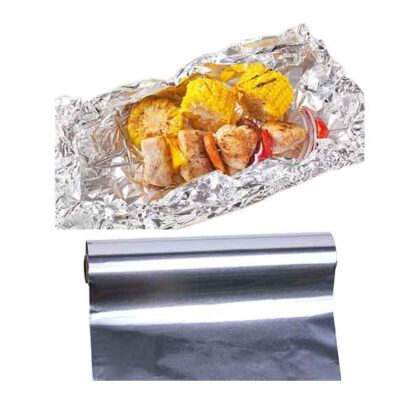
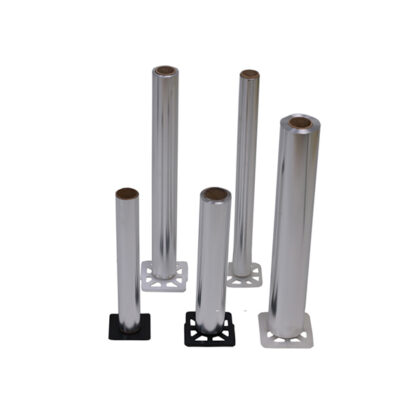
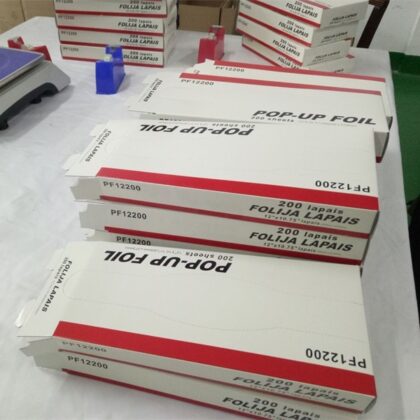
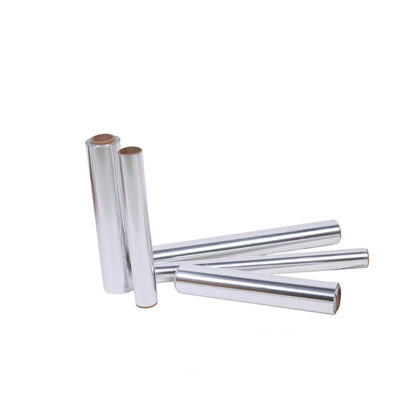
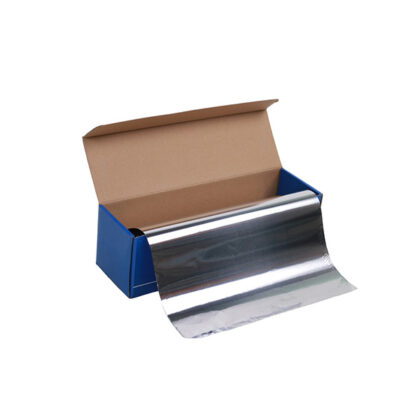
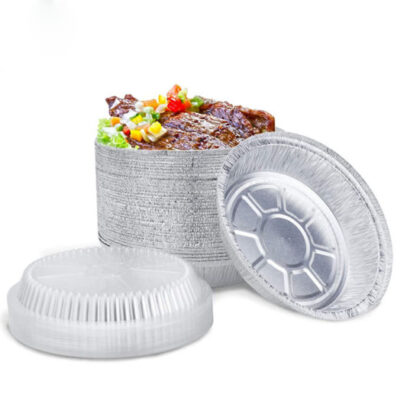

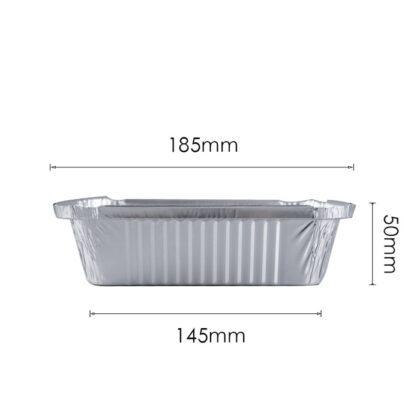

Submit Request